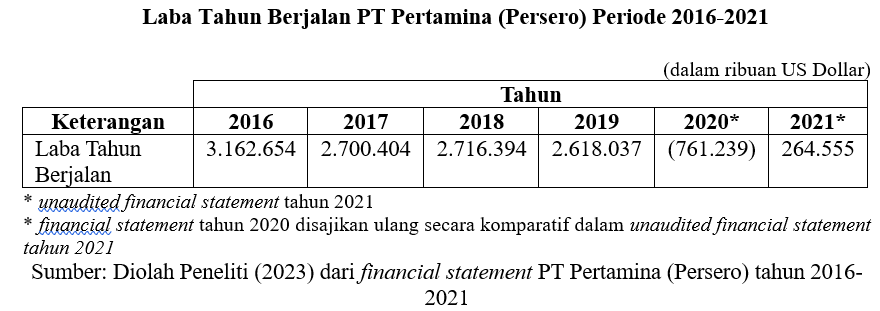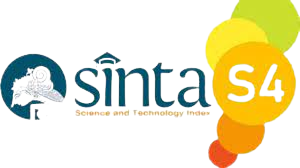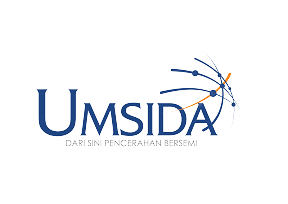Analysis of Dynamics and Restructuring of PT Pertamina (Persero)
Analisis Dinamika dan Restrukturisasi PT Pertamina (Persero)
DOI:
https://doi.org/10.21070/jkmp.v11i2.1740Keywords:
Organizational Dynamics, Restructuration, Holding CompanyAbstract
Since its inception, PT Pertamina (Persero) has experienced many organizational dynamics or changes. ranging from changes in name and status, refining the vision, to restructuring the company. Through a qualitative approach by applying the literature review method, it is interesting to analyze, describe, and discuss further the dynamics or changes that occur in PT Pertamina (Persero), namely restructuring in 2018 to 2021 through the formation of a holding company, as well as the implications in relation to company performance. As a result, it appears that the holding-sub-holding framework as a form of restructuring is an appropriate choice taken by the Indonesian government (as a shareholder) in connection with a series of positive results (in the form of profit optimization and operational cost efficiency) that are quite significant. Because of restructuring, the organizational or operational structure of PT Pertamina (Persero), which was originally so fat and large, resulting in a slow decision-making process, has become lean. This has good implications for the company, which has become faster, more agile and concise in the decision-making process. In addition, there is clarity of authority between PT Pertamina (Persero) as a holding company and its sub-holdings.
References
Abeng, T. (2003). Badan Usaha Milik Negara: Privatisasi, Tantangan dan Harapan.
Aneta, Y. (2015). Restrukturisasi Organisasi Dalam Meningkatkan Pelayanan Publik di PT. PLN (Persero) Area Gorontalo. Universitas Negeri Gorontalo.
Beer, M., & Nohria, N. (2000). Breaking the Code of Change. Harvard Business School Press.
Boonstra, J. (2008). Dynamics of Organizational Change and Learning. In Dynamics of Organizational Change and Learning (pp. 1–21). Wiley. https://doi.org/10.1002/9780470753408.ch1
Kahar, I. A. (2008). Konsep Kepemimpinan dalam Perubahan Organisasi (Organizational Change) pada Perpustakaan Perguruan Tinggi. Pustaha, 4(1), 21. https://journaldatabase.info/articles/konsep_kepemimpinan_dalam_perubahan.html
Laporan Keuangan Pertamina Tahun 2016-2021. (n.d.). https://www.pertamina.com/id/laporan-keuangan
LÜScher, L. S., & Lewis, M. W. (2008). Organizational Change and Managerial Sensemaking: Working Through Paradox. Academy of Management Journal, 51(2), 221–240. https://doi.org/10.5465/amj.2008.31767217
Nassaji, H. (2015). Qualitative and Descriptive Research: Data Type Versus Data Analysis. Language Teaching Research, 19(2), 129–132. https://doi.org/10.1177/1362168815572747
Nauvaldy, M. F. (2021). Keabsahan Pembentukan Holding Badan Usaha Milik Negara Minyak dan Gas (BUMN MIGAS). Jurist-Diction, 4(5), 1835. https://doi.org/10.20473/jd.v4i5.29821
Pranoto, Toto, & Makaliwe, W. A. (2013). Restrukturisasi BUMN Menjadi Holding Company. Brg.Lmfebui.Com. https://brg.lmfebui.com/recent-studies/212801//190430/restrukturisasi-bumn-menjadi-holding-company
Publikasi Laporan Tahun 20220. (n.d.). https://pertamina.com/id/dokumen/laporan-tahunan
Sayidah, N. (2012). Perubahan Organisasional Dalam Analisis Diskursus. Jinah: Jurnal Ilmiah Akuntansi Dan Humanika, 2(1). https://doi.org/https://doi.org/10.23887/jinah.v2i1.555
Soegiono, S. L., & Sutanto, E. M. (2013). No Title. Agora, 1(3). https://publication.petra.ac.id/index.php/manajemen-bisnis/article/view/1031
Sumarna, R. ., & Solikin, A. (2018). Pengaruh Restrukturisasi Melalui Pembentukan Holding Bumn Terhadap Kinerja Keuangan Bumn. Substansi: Sumber Artikel Akuntansi Auditing Dan Keuangan Vokasi, 2(2), 240–260. https://doi.org/10.35837/subs.v2i2.317
Sutirman. (2015). Mengelola Perubahan dalam Organisasi. Efisiensi - Kajian Ilmu Administrasi, 5(1). https://doi.org/10.21831/efisiensi.v5i1.3822
















